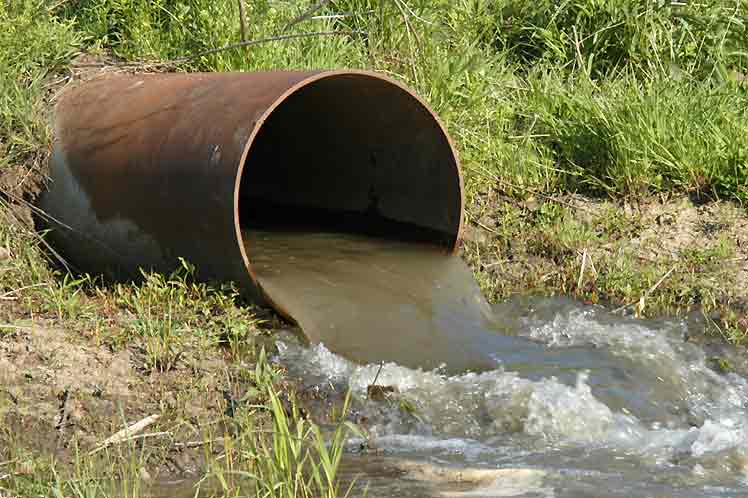Pharmaceutical chemicals in prescription and over-the-counter medications are released into the environment during their manufacturing, usage, and disposal, particularly in surface waters.
According to research findings recently published in Environmental Toxicology and Chemistry, pharmaceutical pollution is a worldwide issue that is likely harming the health of the world’s rivers.
Regarding amounts of pharmaceutical components were found in about 43.5% of the 1,052 sites across 104 nations that were evaluated for the research. 23 pharmacological ingredients—including compounds from the antidepressant, antimicrobial, antihistamine, benzodiazepine, painkiller, and other classes—occurred at concentrations above what is considered safe.
“This is the first truly global assessment of the impacts of single pharmaceuticals and mixtures of pharmaceuticals in riverine systems,” said corresponding author Alejandra Bouzas-Monroy, a Ph.D. student at the University of York.
Our findings have shown that a too high proportion of rivers worldwide are being threatened from pharmaceutical pollution. We should therefore be doing much more to mitigate emissions of these substances into the environment, added the expert.
This phenomenon is not too much taken into consideration, but literature previously evidenced bacteria, viruses, parasites, fertilizers, pesticides, nitrates, phosphates, plastics, fecal waste and even radioactive substances as major elements.
Official data shows that about 75% of the world’s marine pollution is result of human activities that take place on the earth’s surface and rivers transport 90% of the pollutants. pll/acl/znc










